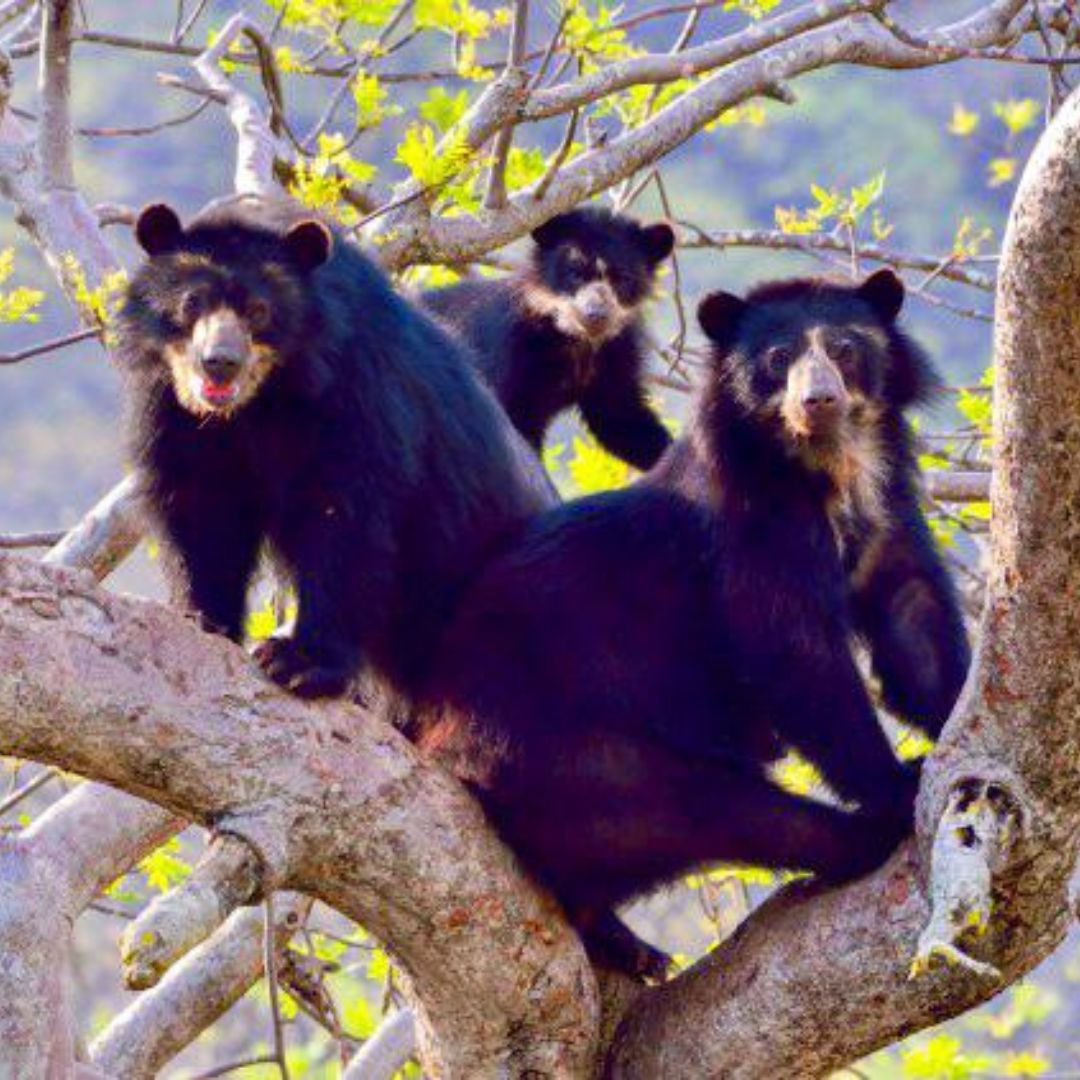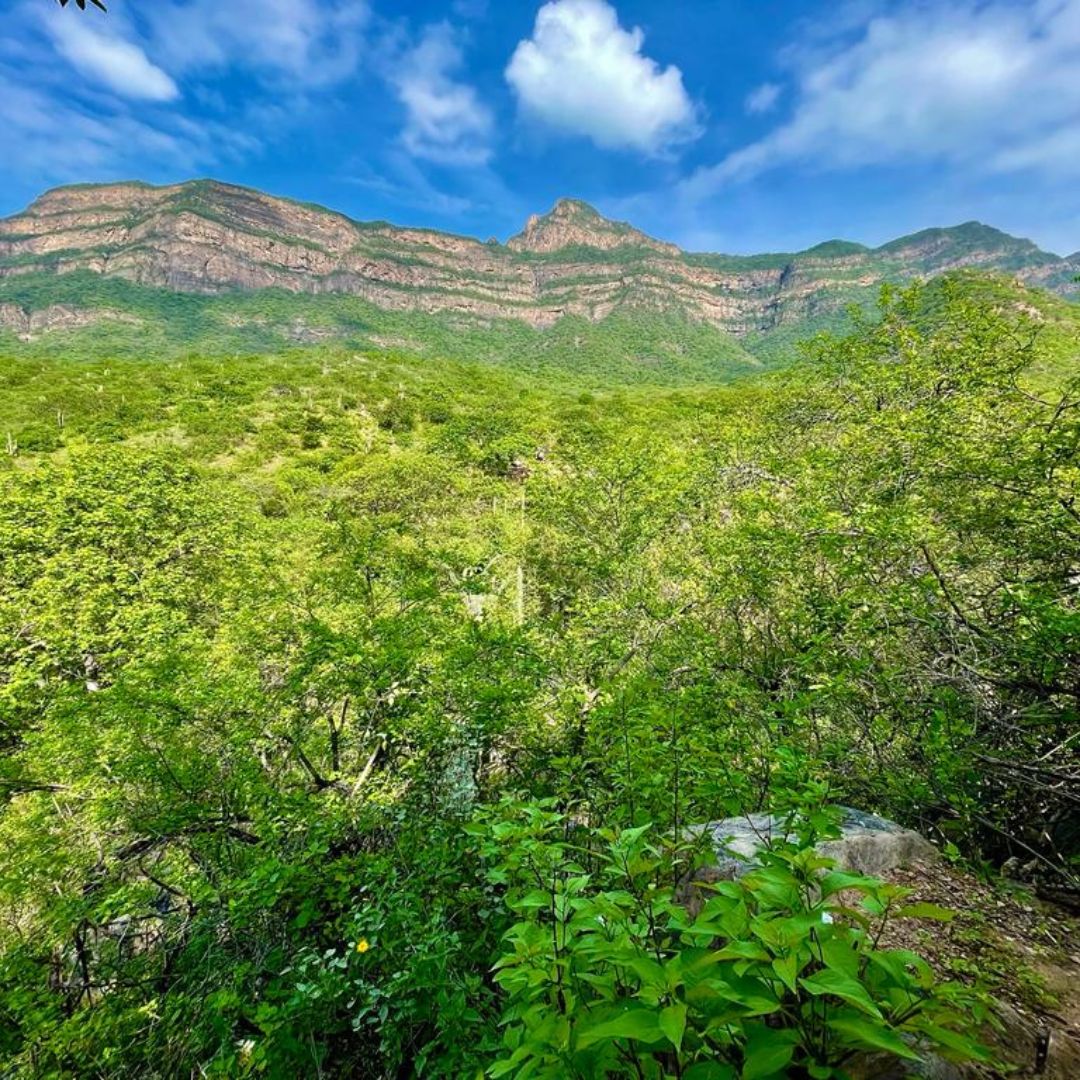Plant a Tree for The Andean Bear in Chaparrí, Lambayeque, Peru
Make a world of difference by supporting ecosystem restoration. Receive a certificate to honor your contribution.
$1.00
/ USD$ 25 price per tree
Choose your amount: $1.00 or above. No matter the size, every contribution significantly impacts and will add to our reforestation project. Contribute with any value that you feel comfortable with. Your certificate will show your detailed contribution amount to planting one or more trees based on the USD 25 price per tree.
We are planting trees to restore ecosystems in Lambayeque, a region with underrepresented dry forest ecosystems.
By planting trees in Lambayeque, we aim to safeguard animal and tree species including several threatened species from the IUCN Red List such as the Andean Bear which is threatened by habitat degradation, given an approximate 30% of habitats are unsuitable for inhabitants due to lack of connectivity. Habitat suitability is also greatly decreased by human development activities including but not limited to; exploration for oil or expansion for agriculture. Therefore, our restoration efforts aim to reinforce the underrepresented ecosystems in the Chaparri Ecological Reserve. This reserve is in dire need of conservation due to several incidences of urban invasion and extended periods of drought. As part of our restoration efforts, local inhabitants receive training and incentives to protect the ecosystem and engage in sustainable harvesting practices.
About Chaparri Ecological Reserve
The Chaparri Ecological Reserve, located in the Equatorial Pacific region in Peru is a seasonally dry forest managed by the Muchik Santa Catalina Community of Chongoyape. Seasonally dry forests are amongst the most endangered ecosystems, with less than 10% of their original extent remaining in Latin American and Caribbean countries. The Equatorial Pacific region is also known for a remarkable species richness and level of endemism.
Emblematic Species
Wildlife: Andean Bear, Andean Condor and the Puma.
Flora: Palo Santo, Sapote and Huayacan.










